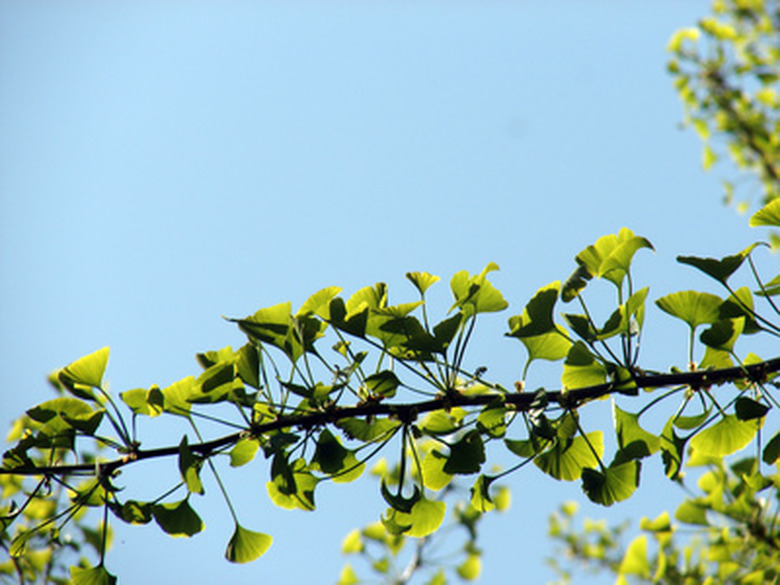Ornamental Trees In Utah
Trees in Utah may find themselves subjected to freezing temperatures, blistering heat, drought, alkaline or clay soils, and pollution. The landscape may be covered in ice and snow for several months of the year. Ornamental trees are instrumental in brightening this desert climate with their flowers, bark and leaves that provide interest in the garden.
Bigtooth Maple
The bigtooth maple (Acer grandidentatum) is native to Utah. The large leaves can be up to 5 inches across and will turn from green to red in the fall. It is one of the maple trees that is most tolerant of Utah's alkaline soil.
Colorado Blue Spruce
The Colorado blue spruce (Picea pungens) is the state tree of Utah. The blue-green needles will provide an interesting contrast to nearby plants.
- Trees in Utah may find themselves subjected to freezing temperatures, blistering heat, drought, alkaline or clay soils, and pollution.
- The landscape may be covered in ice and snow for several months of the year.
Desert Willow
The desert willow (Chilopsis linearis) is covered with a profusion of pink or purple blossoms from spring until fall, though in drought conditions it will only bloom in the summer, as the University of Florida Cooperative Extension Service noted in its desert willow fact sheet. It is not a member of the true willow genus, Salix.
Flowering Dogwood
Plant the flowering dogwood (Cornus florida) if you need a shade tree that is also ornamental. The blossoms can be red, pink or white.
Ginkgo
The ginkgo (Ginkgo biloba) features fan-shaped leaves that quiver in the wind. Plant male trees to avoid the messy, foul-smelling fruit on female trees.
Paperbark Birch
The paperbark birch (Betula papyrifera) is renowned for its trunk that features peeling white bark. The leaves also change from green to yellow in the fall.
- The desert willow (Chilopsis linearis) is covered with a profusion of pink or purple blossoms from spring until fall, though in drought conditions it will only bloom in the summer, as the University of Florida Cooperative Extension Service noted in its desert willow fact sheet.
- The paperbark birch (Betula papyrifera) is renowned for its trunk that features peeling white bark.
Paperbark Maple
The paperbark maple (Acer griseum) will change leaf color from green to red in the fall. The most distinctive feature of this tree, though, is the reddish-brown peeling bark that will provide color in the garden year-round.
Saucer Magnolia
The saucer magnolia (Magnolia x soulangiana) will start producing its white, pink or purple blossoms at the beginning of spring.
Tricolor Beech
The tricolor beech (Fagus sylvatica 'Roseo-Marginata') features leaves that are combinations of purple, green, pink and white. As the tree matures, it will start to produce red beechnuts.
Tuliptree
The tuliptree (Liriodendron tulipifera) has unusual leaves and yellow/orange flowers that have the shape of a tulip. It also works well as a shade tree.
- The paperbark maple (Acer griseum) will change leaf color from green to red in the fall.
Weeping Birch
The weeping birch (Betula pendula 'Youngii') has drooping branches with leaves that turn yellow in the fall. Like most birches, it is prone to attack from the bronze birch borer, so spraying may be necessary to control this insect.
White Star Magnolia
The white star magnolia (Magnolia kobus, var. Stellata) is tolerant of Utah's cold temperatures and is a popular choice among the state's gardeners, according to the Utah State University Cooperative Extension.
References
- "A Guide to the Trees of Utah and the Intermountain West;" Michael Kuhns, 1998
- Utah State University Extension: Canyon or Bigtooth Maple
